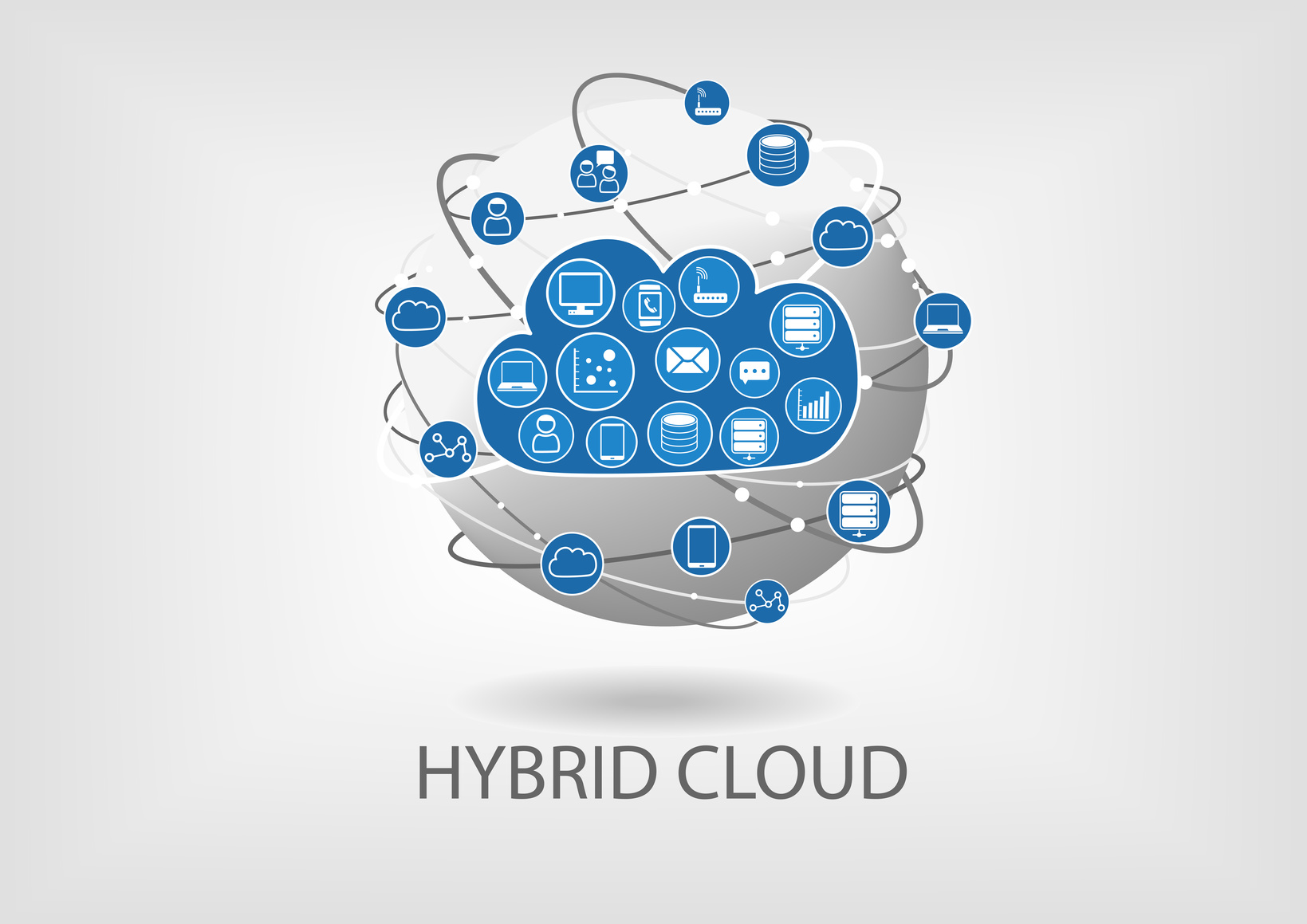
Beyond the details these developments all aim to make moving, managing and developing hybrid cloud infrastructures easier, cheaper and faster for customers.
A new innovation centre has opened in Seattle to provide a real-world view of the two companies’s technologies are already working together in a variety of use cases.
A year ago the two companies announced a partnership to ease access to hybrid technology for their shared customers.
HPE named Microsoft Azure as its preferred public cloud partner while Microsoft named HPE as it s preferred partner for its customers who needed help with infrastructure and services to use alongside Microsoft’s hybrid cloud products.
The two companies also said they would get their staff to collaborate across engineering and services to get their products working even more seamlessly together.
They also agreed to work together to provide customers with new purchasing models.
A major strategic change for any move to hybrid cloud infrastructure is the ability to change financing models and reduce capital expenditure. Many businesses are seeing a fundamental shift away from capital expenditure in favour of operational expenditure.
The practical results of this collaboration are already available – HPE Hyper Converged 250 for Microsoft Cloud Platform System Standard.
HPE Azure Stack Solution will soon provide an integrated system that will allow customers to deliver Azure compatible infrastructure either ‘as-a-service’ or as a ‘platform-as-a-service’ service from their own on-premises data centre.
HPE Consulting staff can now offer Azure Hybrid Cloud Services to make it easier to get Azure Stack projects up and running quickly as well improving support for Azure.
The company has also created reference architectures to make combining Azure and HPE products and services even more simple by providing a blueprint for potential projects.
A major issue for many customers is that moving to hybrid cloud environments can create far more complex management issues.
To help customers deal with the increasing complexity of managing disparate cloud infrastructure the two companies also announced better integration of Microsoft’s Operations Management Suite with HPE’s OneView to allow better visibility and control access of the hybrid cloud. The integration means customers can now manage both infrastructure and applications from one product.
The two companies have also set up an innovation centre in Seattle where customers can see the technologies working together. There are plans under-way to open a second centre in Europe.
The two companies have delivered successful combined projects for many customers this year using existing technology. The roadmap for future developments and continued collaboration will mean customers can get increased benefits from hybrid cloud computing which continues to develop just as fast as their business does.
The future promises ever better, and easier, management of public and private cloud infrastructure with clearer analysis and more automation of day to day management tasks. This can help organisations reduce the complexity which comes from running hybrid environments.






